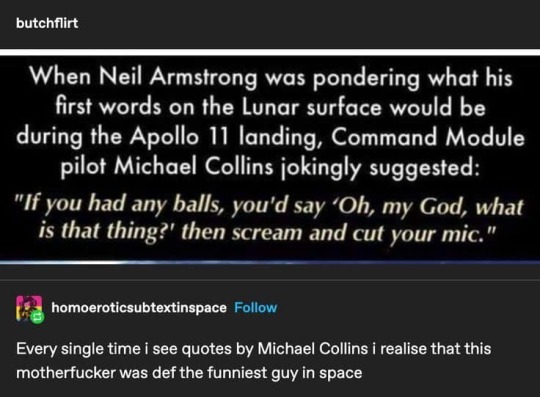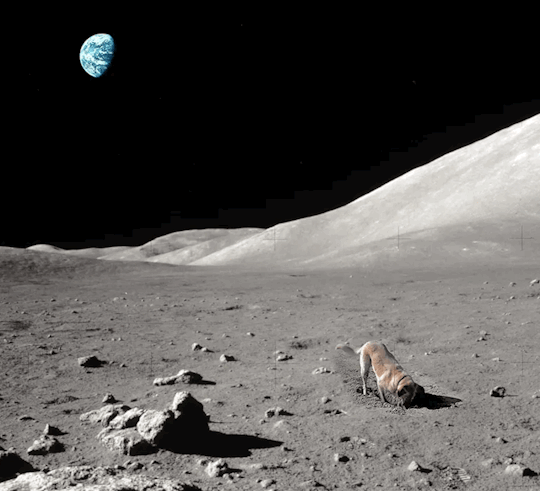Text
I want my astronomy hyperfixation back. Please the sky is so pretty and I want to learn the constellations in the sky for summer and spring. I want to figure out my telescope I bought at the height of my hyperfixation almost a year ago. Give her back to me
1 note
·
View note
Photo


August 19, 1960 – Soviet space dogs Belka and Strelka became the first canines to fly in space and return safely to Earth. (via)
4K notes
·
View notes
Text


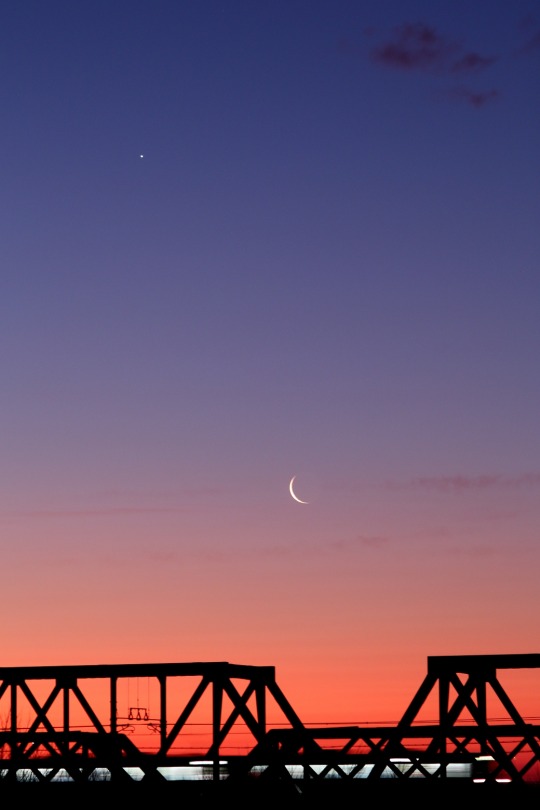

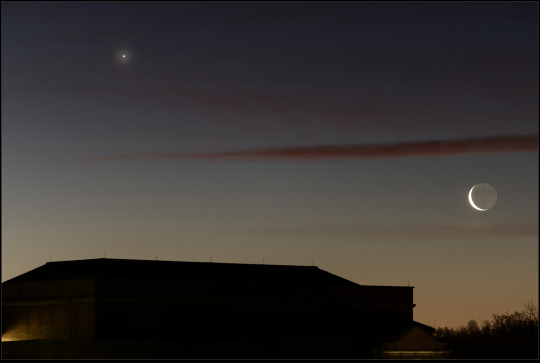
Crescent Moon & Venus l Feb. 7-8 (x)(x)(x)(x)(x)
1K notes
·
View notes
Text
look, people need to shut up and look into the universe more so here are some fun space things that I like that maybe you'll like
you don't look up to see the stars, you look out because the only reason you feel upright is that the planet is thicc and keeping you in place. most likely you are angled as fuck rn.
most of the first stars ever made haven't died yet so they've just been watching you. you specifically. while you pick your nose.
black holes sometimes start screaming in the radio frequency. and then they suddenly stop but they scream so loud that they leave an echo (radio lobes) behind and if they decide to start screaming again their new scream lies on top of their old scream. we don't know why they're screaming, why they stop or how. (screaming = emitting light in this case)
Jupiter. I just think we need to appreciate Jupiter a lot more and think more about how if we could see the jovian magnetosphere from earth it would look like a giant sperm in the sky
there's something we can find called Lagrange points which are very very special and there are 5 of them. L4 and L5 are special because they are points in space 60 degrees ahead of us in our orbit and 60 degrees behind us where nothing happens. nothing. stuff just stays there.
places where stars are actively forming can be called stellar nurseries like they're plant nurseries but for stars.
everything distorts time a little bit and most of it is completely negligible but having a DUMP TRUCK ass can technically slow down time
at the event horizon (the 'edge' of the region of influence of a black hole) there is no time. everything is no ಠ_ಠ. and that's it. no time. idk what to do with that information but now you know it and you also don't know what to do that information.
neutrinos. they shoot through your body all the time and a lot of them are from the sun and to detect them we put a bunch of hard water in a tank underground and detected almost nothing and it was really important.
you can use sunlight the same way you can use wind to sail in space
one of the reasons stars are hot and space is not is because there isn't enough stuff in space to conduct heat to you
we are absolutely idiots when it comes to life on other planets because we only know how to imagine carbon based life so yes we have habitability parameters based on stuff like carbon dioxide, water, atmosphere, temperature, etc. but there could just be life that isn't carbon based and we have no idea how to account for that and that's annoying
people have only managed to go about 400,000 km (~250,000 miles) into space. for reference one of the smallest units we use to measure distances in space is AU, which stands for astronomical units and it's the average distance between the earth and the sun. rounding up we have only gone 0.0027 AU or 0.00000004 light years.
the moon is a part of the earth so it's like if your amputated forearm was following you around
some animals can navigate using the night sky
50 notes
·
View notes
Text

299K notes
·
View notes
Text

156K notes
·
View notes
Text
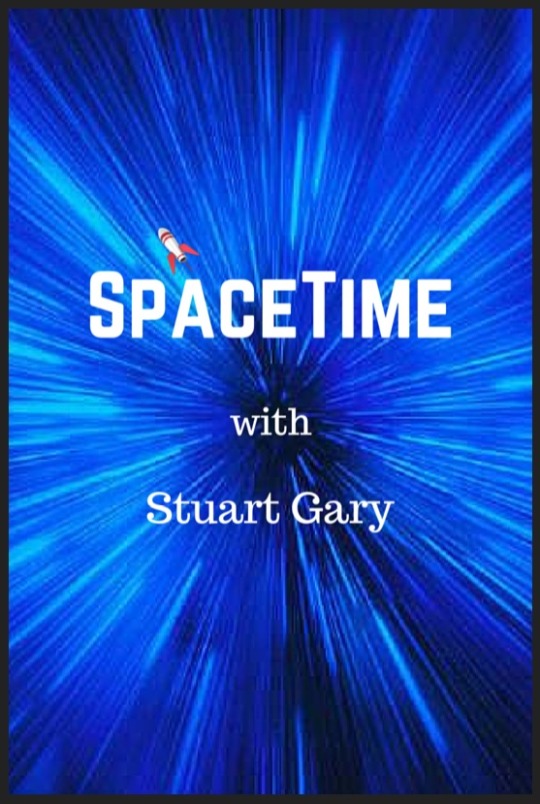
New SpaceTime out Wednesday....
SpaceTime 20231004 Series 26 Episode 119
Carbon discovered on Europa
Astronomers have discovered carbon dioxide – one of the ingredients essential for life as we know it on the surface of the Jovian ice moon Europa.


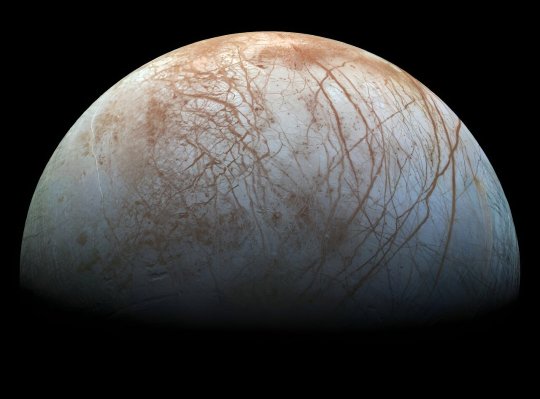
NASA’s Independent Review board report on the Mars Sample Return mission
The space agency established the Board in May to evaluate the technical, cost, and schedule plans of the mission prior to any final design.
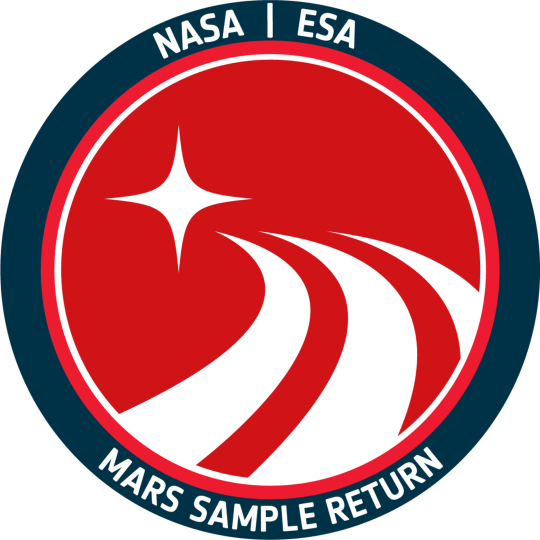
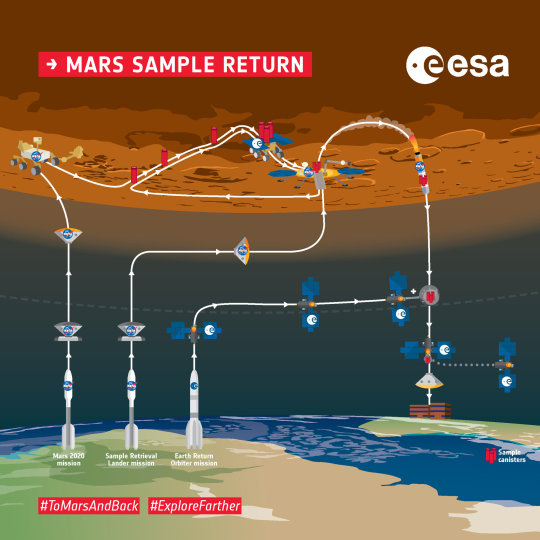
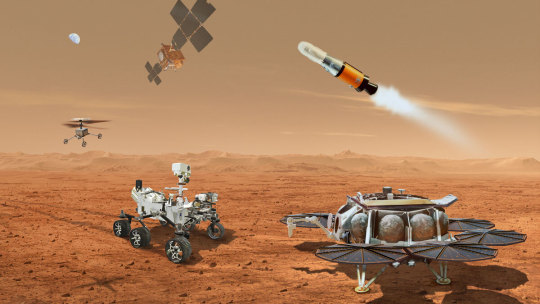
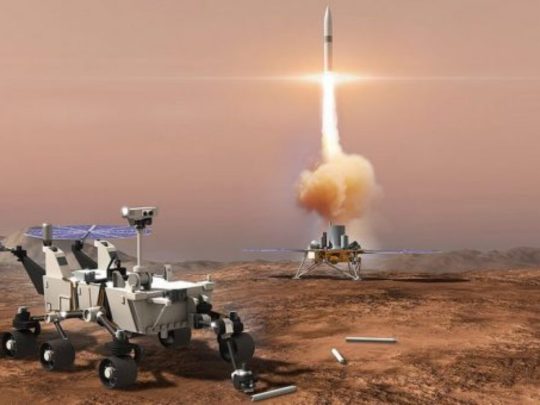
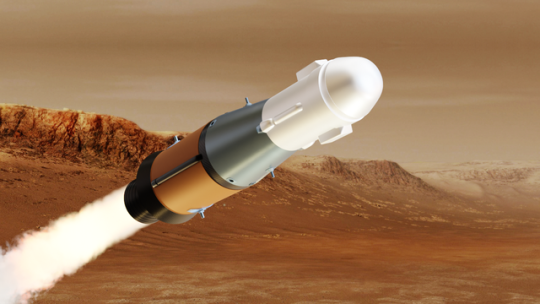
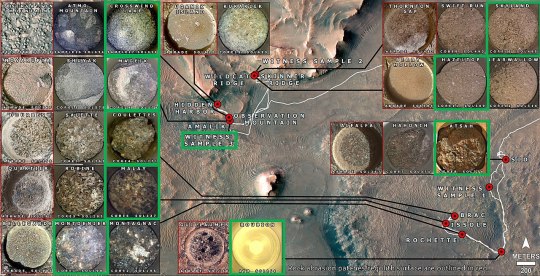
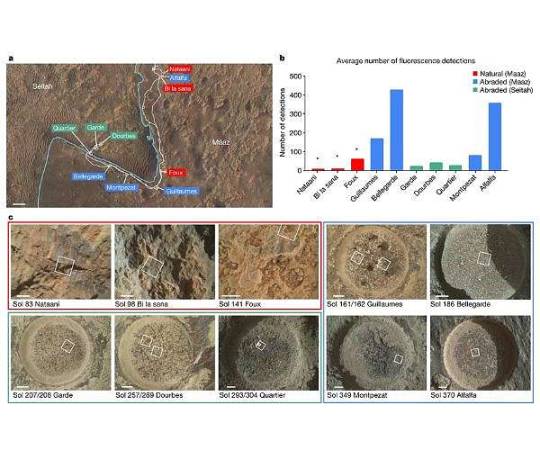
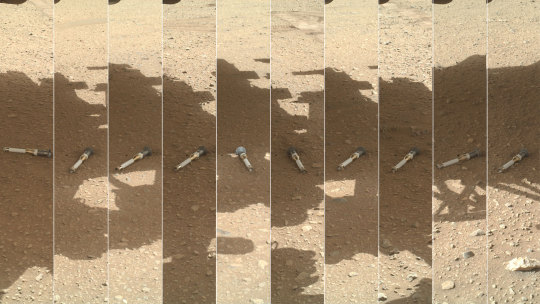
A new twist to the Story of Great Eruption of Eta Carinae
Astronomers have combined 20 years worth of data on one of the brightest binary star systems in the sky – Eta Carinae -- to uncover important new details about a massive eruption which was witnessed on Earth in the mid-19th century.
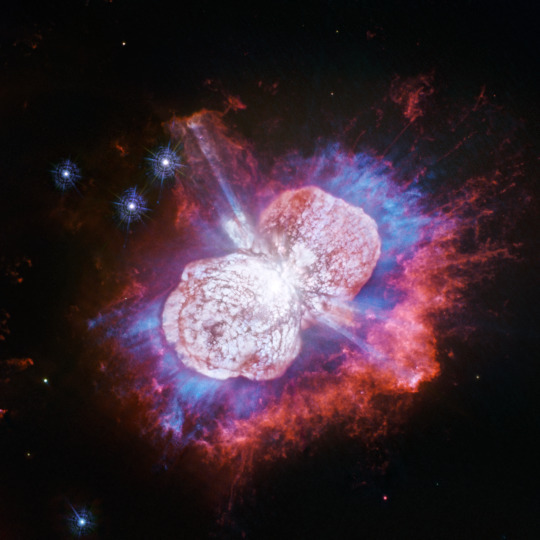
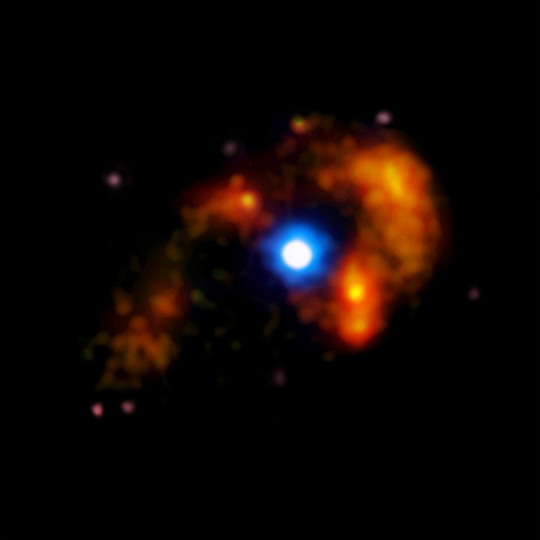
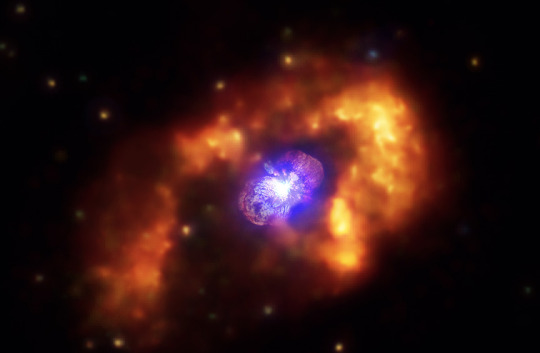
The Science Report
2023 was Earth’s hottest summer since global records began.
Jellyfish can be trained to spot and dodge obstacles despite their lack of a central brain.
Australia to purchase a fourth MQ-4C Triton high altitude surveillance drone
Alex on Tech:
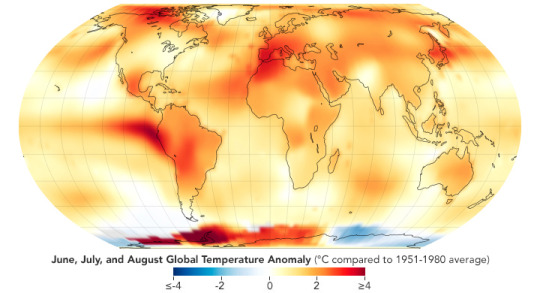
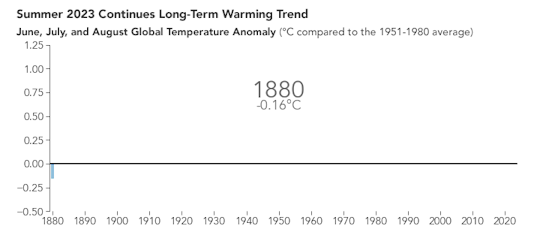

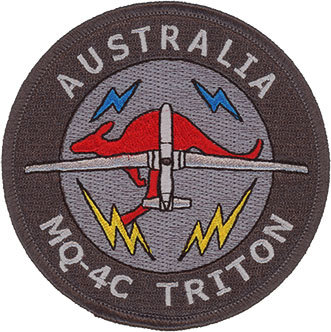
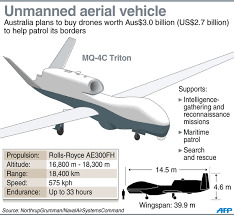


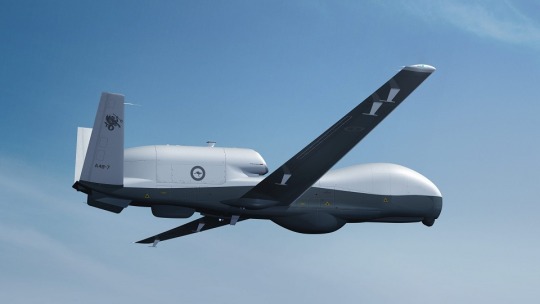
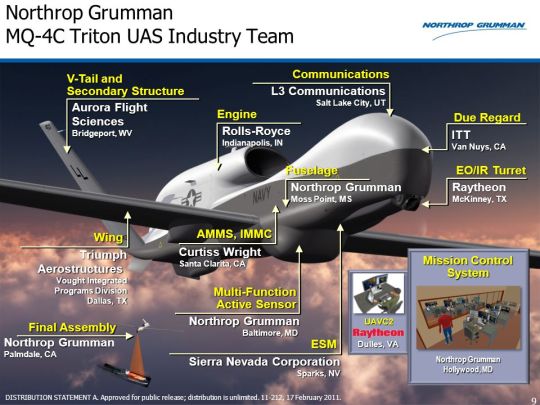
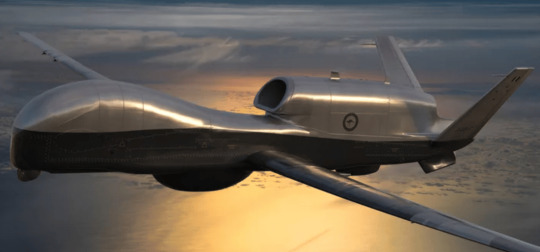
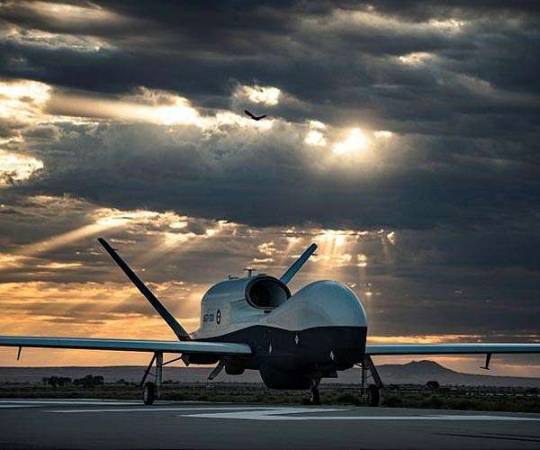

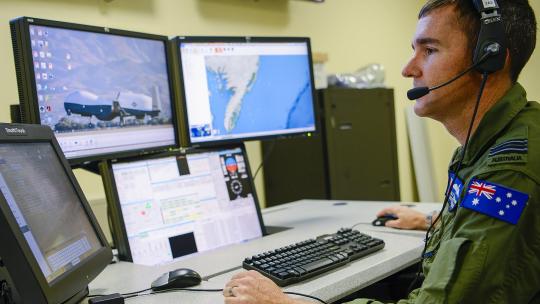
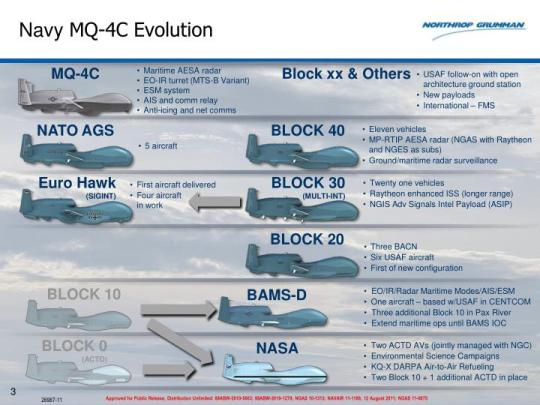
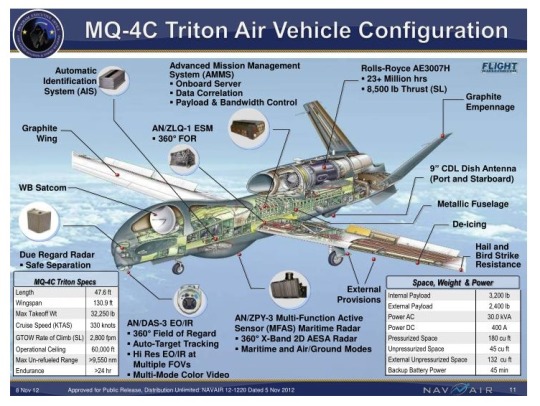
SpaceTime covers the latest news in astronomy & space sciences.
The show is available every Monday, Wednesday and Friday through Apple Podcasts (itunes), Stitcher, Google Podcast, Pocketcasts, SoundCloud, Bitez.com, YouTube, your favourite podcast download provider, and from www.spacetimewithstuartgary.com
SpaceTime is also broadcast through the National Science Foundation on Science Zone Radio and on both i-heart Radio and Tune-In Radio.
SpaceTime daily news blog: http://spacetimewithstuartgary.tumblr.com/
SpaceTime facebook: www.facebook.com/spacetimewithstuartgary
SpaceTime Instagram @spacetimewithstuartgary
SpaceTime twitter feed @stuartgary
SpaceTime YouTube: @SpaceTimewithStuartGary
SpaceTime -- A brief history
SpaceTime is Australia’s most popular and respected astronomy and space science news program – averaging over two million downloads every year. We’re also number five in the United States. The show reports on the latest stories and discoveries making news in astronomy, space flight, and science. SpaceTime features weekly interviews with leading Australian scientists about their research. The show began life in 1995 as ‘StarStuff’ on the Australian Broadcasting Corporation’s (ABC) NewsRadio network. Award winning investigative reporter Stuart Gary created the program during more than fifteen years as NewsRadio’s evening anchor and Science Editor. Gary’s always loved science. He studied astronomy at university and was invited to undertake a PHD in astrophysics, but instead focused on his career in journalism and radio broadcasting. He worked as an announcer and music DJ in commercial radio, before becoming a journalist and eventually joining ABC News and Current Affairs. Later, Gary became part of the team that set up ABC NewsRadio and was one of its first presenters. When asked to put his science background to use, Gary developed StarStuff which he wrote, produced and hosted, consistently achieving 9 per cent of the national Australian radio audience based on the ABC’s Nielsen ratings survey figures for the five major Australian metro markets: Sydney, Melbourne, Brisbane, Adelaide, and Perth. The StarStuff podcast was published on line by ABC Science -- achieving over 1.3 million downloads annually. However, after some 20 years, the show finally wrapped up in December 2015 following ABC funding cuts, and a redirection of available finances to increase sports and horse racing coverage. Rather than continue with the ABC, Gary resigned so that he could keep the show going independently. StarStuff was rebranded as “SpaceTime”, with the first episode being broadcast in February 2016. Over the years, SpaceTime has grown, more than doubling its former ABC audience numbers and expanding to include new segments such as the Science Report -- which provides a wrap of general science news, weekly skeptical science features, special reports looking at the latest computer and technology news, and Skywatch – which provides a monthly guide to the night skies. The show is published three times weekly (every Monday, Wednesday and Friday) and available from the United States National Science Foundation on Science Zone Radio, and through both i-heart Radio and Tune-In Radio.
27 notes
·
View notes
Text

Comet Nishimura
Credit: Peter Kennett
#sighs longingly. i wish i could see you from the ground </3 the sun comes up too fast#space dog reblogs
3K notes
·
View notes
Text

An article accepted for publication in the journal "The Astrophysical Journal Letters" reports the results of a study of the exoplanet K2-18 b, including the discovery of carbon compounds such as methane in its atmosphere. A team of researchers led by Nikku Madhusudhan of the British University of Cambridge used observations conducted with the James Webb Space Telescope's NIRISS and NIRSpec instruments to probe the atmosphere of K2-18 b. It's an exoplanet already considered interesting due to its characteristics and its position in its planetary system's habitable zone. Spectral analyzes also suggest the possible presence of dimethyl sulfide (DMS), a compound considered a biomarker. These are discoveries that add to the previous ones regarding an exoplanet that led to the proposal of the Hycean class.
12 notes
·
View notes
Text
everyone who hasn't heard must get the news via this meme

53K notes
·
View notes
Text

The Last Quarter Moon l Rami Ammoun
4K notes
·
View notes
Text

Proplyds: Infant Solar Systems - September 11th, 1995.
"The fuzzy blobs seen above may be some of the first ever images of entire solar systems forming right before our eyes. This close up of the Orion Nebulae taken by the Hubble Space Telescope shows only a few stars, but these stars are surrounded by protoplanetary disks known as "proplyds." As the stars have only just recently formed - in the past few million years - the disks around them are likely condensing to form planetary systems, and may be similar to the disk that formed our own Solar System 5 billion years ago. These HST results suggest that stars with planets may be relatively commonplace."
52 notes
·
View notes
